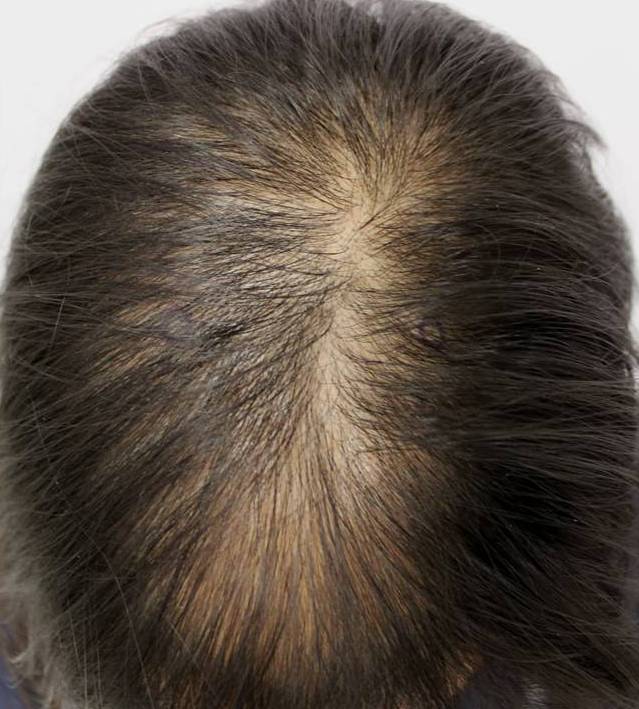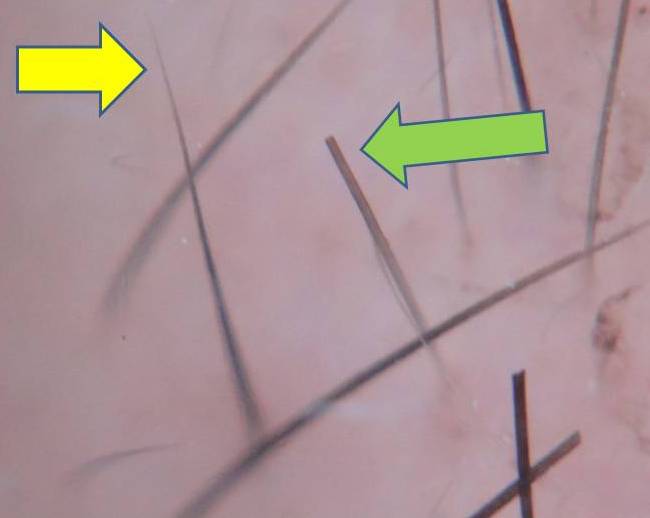Iron metabolism is one of my favorite subjects. Iron has an important role in hair growth and it’s important to understand the intricacies of the many iron tests available. I like all of my patients, whether seeing me for medical treatment of hair loss or hair transplantation, to have iron levels in the normal range.
The “ferritin” blood test is a traditionally a measure of iron stores in the body. When I give lectures on hair loss, I often refer to ferritin as the ‘bank’ of iron – a measure of the amount of iron that is stored away in the body. Hair follicles seem to be able to sense these iron stores – and if they are not high enough, the result can sometimes be hair shedding. Normally, I aim for patients, especially women, to have a ferritin of at least 50 ug/L. If ferritin is lower than this I may perform additional blood tests to determine if there are any concerning reasons for the patient to have low iron. In most situations with a low ferritin, I will prescribe iron supplements.
If a low ferritin can sometimes be associated with hair loss, what does a high ferritin mean?
Although the upper range of normal for ferritin is 250-300, it's actually not very common to have a ferritin above 90. If someone has hair loss, an elevated ferritin should always be thought of as a "caution sign." It might simply be a normal result, or a result of taking iron pills, but a bit more detective work needs to be done before coming to that conclusion. It is important to understand that the ferritin test can rise to levels above 90 ug/L for dozens and dozens of different reasons. Sometimes it's completely normal finding, but other causes include inflammation, infections, cancers, liver disease, and certain other diseases. The disease known as hemochromatosis leads to markedly elevated ferritin levels. Patients with various inflammatory scalp diseases (i.e. scarring alopecia, alopecia areata) can also sometimes have a high ferritin. These are just a few examples of conditions which are sometimes associated with a high ferritin. The list is actually quite long and the cause can sometimes only be diagnosed with further detective work by the doctor. Therefore, the ferritin test is not the most specific test for figuring out iron problems, but it is certainly the best test to start with.
If a patient has a low ferritin level, I can be pretty sure that the patient has iron deficiency.
However, if the ferritin is high (say, over 90), and the patient does not take iron supplements, I can't assume the patient simply has a normal iron status. In most of these situations, I ask many additional questions focusing on all the causes of the slightly high ferritin test.
In cases where the ferritin is high, but the patient is not taking iron, it’s important to look for other clues to determine if the patient (and the patient’s hair) might benefit from an iron supplement. All of the following tests need to be carefully interpreted together to make sure that iron is not given if the patients does not need it:
Hemoglobin (HGB). Patients with significant iron deficiency can sometimes develop a low hemoglobin level or “anemia.” However, in the “early” stages of iron deficiency, the body makes a normal number of red blood cells. The hemoglobin in such situations is normal. However, hair shedding can still occur if the iron stores are low.
Red cell distribution width (RDW). The RDW gives a rough estimate of the size of the red blood cells that are being produced by the body. In cases of iron deficiency, the patient’s body may produce some normal size cells but also some very small cells. This leads to a greater variation in cell size. Therefore, the RDW may be elevated in patients with iron deficiency.
Mean corpuscular volume (MCV). The MCV also gives another measure of the size of red blood cells. In cases of iron deficiency, the MCV is reduced because smaller red blood cells are produced. This tests needs to be carefully interpreted by a physician as many other conditions can cause a lower MCV.
Transferrin saturation (Tr sat). The transferrin saturation is calculated by taking into account two blood test results: the serum iron measurement (Fe) and the total iron binding capacity (TIBC) measurement. The Fe divided by the TIBC gives the transferrin saturation. The transferrin saturation can sometimes be reduced in individuals with iron deficiency.
Soluble transferring receptor (STfR). This can be an accurate measurement of iron deficiency and the test is completely independent of whether or not the patient has inflammation. This is a very expensive test, and is usually not needed when all of the above tests are taken into account. It is rarely ordered. The soluble transfer receptor level is elevated in individuals with iron deficiency.
Taken together, a patient with elevated ferritin but low MCV, low hemoglobin, high RDW and high transferrin saturation has iron deficiency. Further investigations would be needed to figure out why the patient is iron deficiency. But the investigations don't stop there - further tests would be needed to figure out why the patient has an elevated ferritin.






















